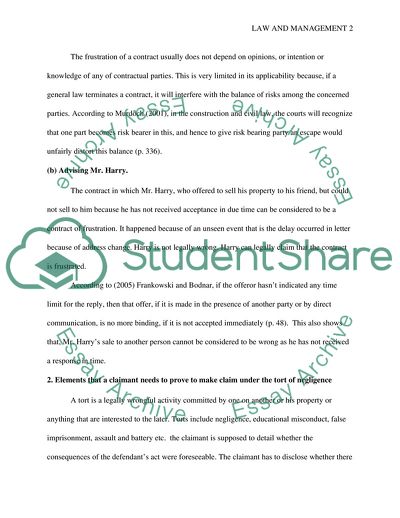Cite this document
(Formation and Termination of a Contract Assignment, n.d.)
Formation and Termination of a Contract Assignment. https://studentshare.org/law/1726454-law-management
Formation and Termination of a Contract Assignment. https://studentshare.org/law/1726454-law-management
(Formation and Termination of a Contract Assignment)
Formation and Termination of a Contract Assignment. https://studentshare.org/law/1726454-law-management.
Formation and Termination of a Contract Assignment. https://studentshare.org/law/1726454-law-management.
“Formation and Termination of a Contract Assignment”. https://studentshare.org/law/1726454-law-management.


